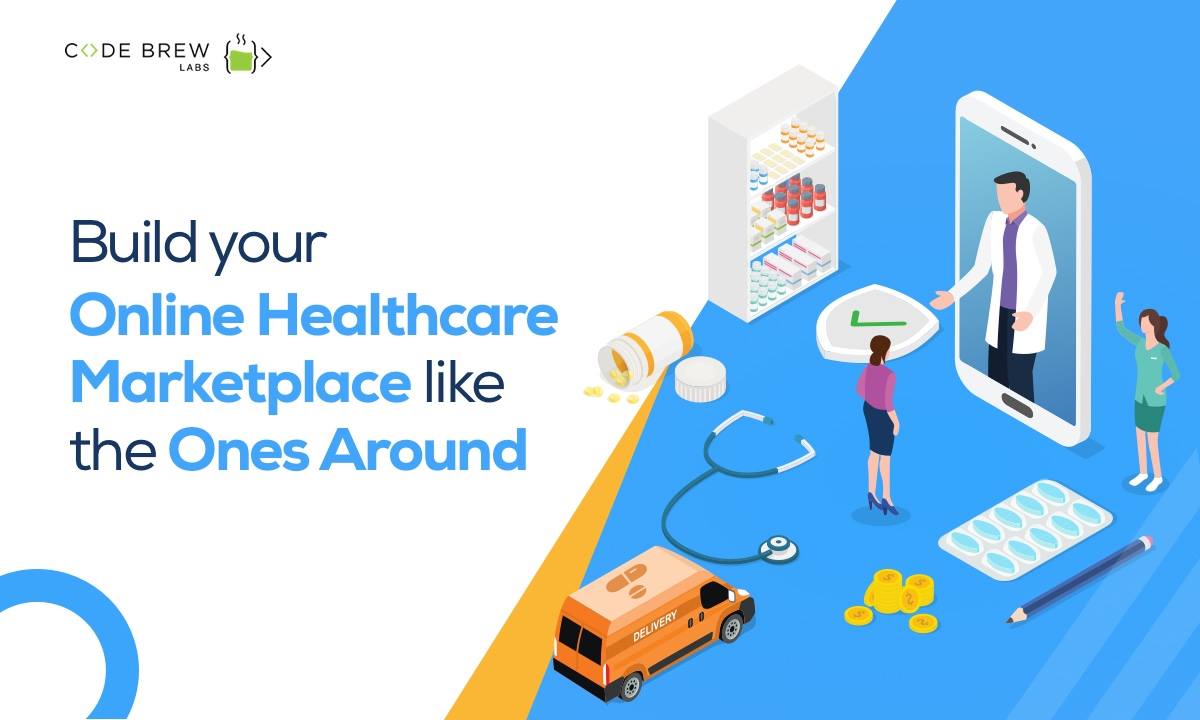A Comprehensive Guide to Subscription Based Healthcare: What You Required to Know
A Comprehensive Guide to Subscription Based Healthcare: What You Required to Know
Blog Article
How Subscription-Based Medical Care Is Changing the Clinical Market

The Increase of Membership Healthcare
In the last few years, the healthcare sector has actually observed a substantial shift towards subscription-based designs, showing broader customer fads favoring comfort and predictability. This transformation is driven by the increasing demand for even more individualized and available treatment solutions. Membership healthcare, occasionally described as concierge medication or straight medical care, provides clients a set regular monthly charge for a series of clinical solutions, dramatically modifying standard fee-for-service models.
The surge of registration healthcare is facilitated by innovations in technology, which enable streamlined communication in between clients and carriers - subscription based healthcare. Digital systems and telehealth services have actually become essential, supplying individuals the ability to schedule visits, access medical records, and obtain assessments online. This technical integration not only enhances client interaction however likewise allows providers to deliver more reliable treatment
Furthermore, the registration version straightens with the progressing expectations of individuals that seek even more control over their medical care expenses and experiences. While this model is obtaining grip, its proliferation faces difficulties such as governing hurdles and the need for wider approval within the typical healthcare ecological community.
Advantages for Carriers and people
Subscription-based healthcare uses a wide range of advantages for both individuals and companies, reshaping the characteristics of medical care. For individuals, this model gives improved accessibility to healthcare solutions. With a foreseeable month-to-month fee, patients can take pleasure in limitless appointments, reduced wait times, and personalized care. This plan often brings about a much more aggressive strategy to health administration, enabling timely interventions that can avoid chronic conditions from intensifying. The economic openness of subscription designs lowers the unpredictability associated with conventional fee-for-service payment, relieving the burden of unanticipated clinical costs.
For medical care service providers, subscription-based versions promote a more lasting and enjoyable practice. Administrative tasks are commonly structured, decreasing above prices and allowing providers to commit more time to client interaction. On the whole, subscription-based healthcare aligns the motivations of carriers and patients, promoting an extra reliable and patient-centered health care shipment system.
Key Features of the Design
Regularly, the vital features of the subscription-based medical care model emphasize its distinct method to supplying clinical services. Central to this model is the concept of foreseeable, monthly settlements, offering clients an extensive series of services without the unpredictability of standard fee-for-service structures. This model frequently includes endless access to medical care services, preventive treatment, and regular exams, guaranteeing that clients can engage with their healthcare carriers proactively as opposed to reactively.
Additionally, direct communication channels, such as telemedicine and messaging systems, are emphasized, allowing people to obtain timely suggestions and assessments without needing in-person appointments. This improves ease of access and ease, especially for people with flexibility restraints or those residing in remote areas. The model additionally promotes more powerful doctor-patient connections, as doctor are incentivized to focus on long-lasting health and wellness end results rather than short-term brows through.
In addition, subscription-based medical care typically incorporates technical advancements, such as electronic health and wellness documents and health and wellness tracking applications, to provide tailored and effective treatment. Patients take advantage of worked with and constant care management, which is tailored to their particular health demands. Eventually, these attributes jointly develop a patient-centered health care experience, focusing on availability, price transparency, and preventative care.

Obstacles and Factors To Consider
While the subscription-based healthcare version supplies numerous advantages, it is not without its factors to consider and difficulties. One considerable challenge is ensuring fair gain access to. Subscription models may inadvertently favor his response those with higher socioeconomic condition, possibly broadening variations in health care access for lower-income individuals that may battle with monthly fees. This increases honest concerns regarding inclusivity and equity in medical care shipment.
Another challenge depends on regulatory conformity. Subscription-based medical care has to browse a my link complicated internet of guidelines that differ by area, consisting of issues around individual confidentiality, information defense, and state licensing needs. Ensuring conformity without hampering the model's versatility and technology can be intimidating for companies.
Additionally, there is the risk of overutilization or underutilization of solutions. Individuals paying a repaired cost may overuse solutions, resulting in raised functional costs, while others could underutilize as a result of fear of burdening the system, possibly disregarding required care.
Future Prospects and Innovations
The landscape of subscription-based medical care is poised for improvement through emerging developments and developing potential customers. As modern technology remains to development, the combination of artificial knowledge and artificial intelligence provides considerable chances to boost analysis accuracy and improve patient management. Predictive analytics can change precautionary treatment by identifying prospective wellness dangers before they manifest, consequently decreasing both prices and the worry on medical care systems.
Furthermore, telemedicine is established to expand within subscription versions, offering individuals enhanced access to health care specialists regardless of geographical restrictions. This not just facilitates continuity of treatment yet also equips clients to involve even more actively in their health administration. Additionally, blockchain innovation offers prospective in protecting person data and guaranteeing interoperability throughout systems, cultivating trust fund and transparency.
The advancement of tailored medication is another frontier, with subscription designs providing a special framework for providing tailored health and wellness remedies. Genetic testing and personalized treatment plans can be perfectly incorporated, lining up person needs with specific clinical treatments. Furthermore, partnerships in between tech companies and health care providers are most likely to produce innovative options, enhancing person experiences and outcomes. As these prospects emerge, subscription-based medical care has the possible to redefine just how care is provided and accessed.
Verdict
Subscription-based healthcare is changing the clinical industry by supplying a much more available, predictable, and patient-centered approach to medical services. This version enhances patient-provider relationships, makes certain economic openness, and discover this highlights preventive treatment through unlimited appointments and telemedicine. In spite of challenges such as regulatory hurdles and possible variations in access, the membership version holds promise for an extra customized and effective healthcare experience. As modern technology developments, further innovations are likely to resolve existing obstacles and enhance medical care shipment.
Registration medical care, occasionally referred to as concierge medicine or direct primary care, supplies patients a set monthly cost for an array of clinical services, significantly modifying typical fee-for-service designs.
Moreover, the subscription model lines up with the advancing assumptions of clients that look for more control over their medical care expenditures and experiences. For clients, this model offers improved access to health care solutions. In general, subscription-based medical care straightens the motivations of clients and companies, promoting a more patient-centered and effective health care shipment system.
Additionally, telemedicine is set to expand within subscription models, offering clients enhanced access to healthcare specialists regardless of geographical constraints. - subscription based healthcare
Report this page